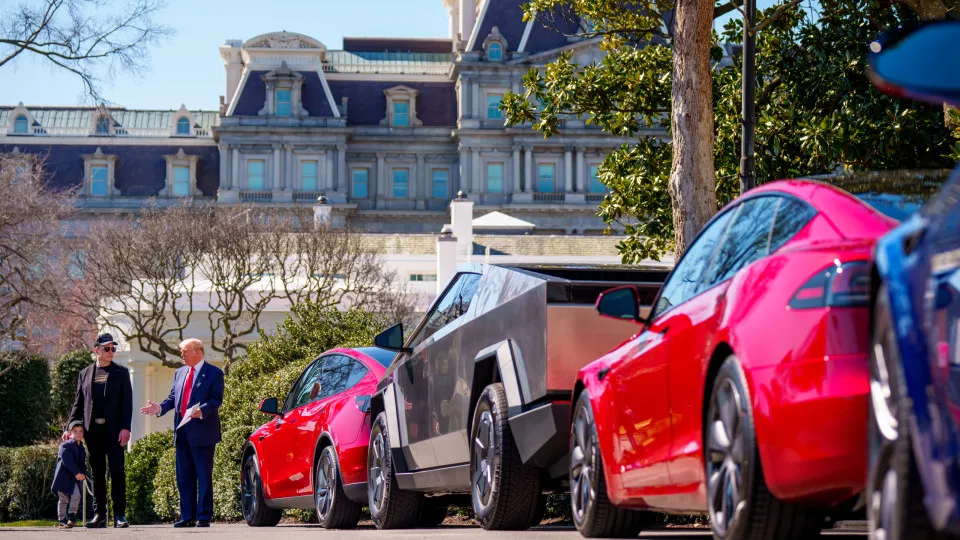AUDI

New Audi RS 3: Quattro traction with RS Torque Splitter system tested in the snow
Quattro is Audi, and Audi is quattro. The four-wheel drive system is one of the brand's main areas of expertise and guarantees optimal grip on any surface. For the first time, the Audi RS 3 combines quattro traction with the RS Torque Splitter system. Skidding in an all-wheel drive car? This is how the RS 3 does it…
Simply access the Audi Drive Select dynamic driving system menu. There are seven modes available: Efficiency, Comfort, Auto, Dynamic, RS Individual, and the RS 3 specific driving modes: RS Performance for circuit and RS Torque Rear for use on roads closed to traffic. This last mode is the perfect setup for skidding with the Audi RS 3.The technical feature that makes this possible is the RS Torque Splitter, one of the main innovations of the Audi RS 3. Although the quattro drive system is identical to that of its predecessor with regard to the rear axle, the differential with a multi-disc clutch has been replaced. by two electronically controlled multi-disc clutches located on each of the transmission's axle shafts. This allows the RS Torque Splitter to distribute the torque sent to the rear axle between both wheels completely variably. The result is greater stability, especially on wet roads, and greater agility in fast corners.
Technically speaking, the system works as follows: the torque delivered by the engine is converted according to the selected gear and transferred to the front axle differential, which is responsible for distributing it to the wheels of this axle. When the RS Torque Splitter's clutches are closed, torque is also distributed to the rear wheels via an angled transmission mechanism with a cardan shaft.
The cardan shaft connects to the RS Torque Splitter without the need to use a transfer case. A bevel gear directly transfers the torque to the rear axle to a sprocket located on this axle; if one of the front wheels loses grip, the torque that would be lost can be distributed to one or both wheels on the rear axle. The mechanism makes it possible to transfer a maximum of 50% of the torque to the rear axle. The RS Torque Rear mode, specifically designed for sporty driving on winding roads closed to traffic, transfers all the torque that reaches the rear axle to the wheel located on the outside of the curve, thus causing accentuated oversteer behavior.
Drifting and sporty driving become especially fun in this way, and even more so thanks to the 400 hp turbocharged 5-cylinder engine, ceramic brakes and RS sport suspension.
Autonews



Nenhum comentário:
Postar um comentário